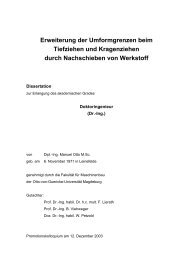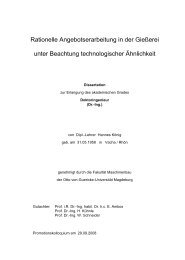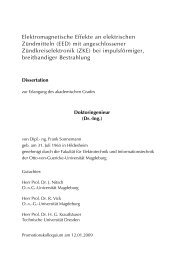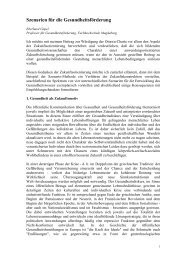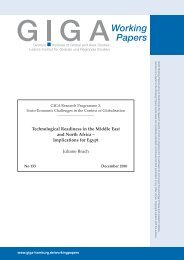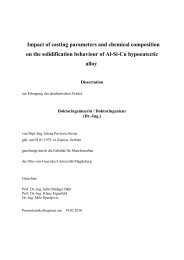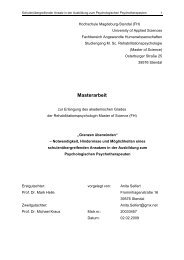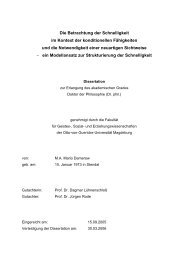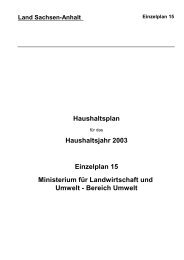Chapter 1
Chapter 1
Chapter 1
You also want an ePaper? Increase the reach of your titles
YUMPU automatically turns print PDFs into web optimized ePapers that Google loves.
Executive summary<br />
Elements of Tunisia's success analyzes the areas expressed by the government as being<br />
strategic for Tunisia's future: achieving higher rates of<br />
In the mid-1980s, Tunisia made the strategic choice to growth in the context of sustainable environmental manbecome<br />
a modem, market-oriented, and internationally agement and the enhanced competitiveness of the econintegrated<br />
economy. Tunisia's macroeconomic performance omy in the global market. In addition, the report includes<br />
since introducing stabilization and structural adjustment key issues raised by other groups in Tunisia (the private<br />
reforms in 1986 has been impressive. The per capita GDP sector and members of the academic community) on the<br />
growth rate increased significantly from an average of 1.15 role of the state in the economy, the development of the<br />
percent a year for the period 1981-86 to 2.44 percent a year financial sector, and the adequacy of the education system<br />
for the period 1987-94. The inflation rate (4.5 percent in in meeting the human capital requirements of the twenty-<br />
1994) is approaching the average rate of the EU countries first century. Three key messages emerge from the analy-<br />
(4.1 percent). The central-government primary balance has sis which can contribute to the country's strategy<br />
been in a slight surplus since 1992, and the ratio of tax rev- formulation:<br />
enues to GDP is higher than the respective averages for * The pace of structural reform needs to move forward<br />
selected countries in the Latin American, Southeast Asian, more decisively, particularly in the areas of trade and investand<br />
Middle Eastern regions. The current account deficit ment liberalization. Although the Tunisian economy has<br />
averaged 4 percent of GDP during 1986-93, thus improv- become stronger and more sophisticated since the late<br />
ingwith respect to the early 1980s when it averaged 8.5 per- 1980s, the external environment has not stood still. The<br />
cent of GDP rest of the world is also changing rapidly, so that countries<br />
The economy is also becoming more diversified and like Tunisia need to liberalize their economy with determimore<br />
open, as manufactured output replaced the previous nation and in a timely manner to maintain their growth<br />
dominance of oil and phosphate production and as the ratio prospects and enhance their international competitive<br />
of nonpetroleum and nonphosphate exports to GDP position.<br />
increased from 25 percent in the early 1980s to 35 percent * The state needs to decrease further its size and role in the<br />
in the early 1990s. With the implementation of monetary economy, strengthen its actions in the provision of public<br />
and financial sector reforms, Tunisia's financial market is goods, and encourage a higher level of private investmentdeepening<br />
and the capital market is becoming very active domestic and foreign. Further disengagement of the state<br />
(after more than twenty years of dormancy). At the same and the deregulation of public sector monopolies (for examtime,<br />
the country has made impressive social advances over ple in telecommunications, maritime transport, and in the<br />
the past decade: the incidence of poverty is low and declin- banking sector) and an acceleration of the privatization proing,<br />
and income distribution is improving. The progress gram would promote productive and allocative efficiency in<br />
achieved in the development of human capital, the reduc- the economy and enable the Government to focus on the<br />
tion of the population's growth rate, and an increase in life enforcement of regulations that encourage profitable activexpectancy<br />
are also highly commendable and are important ities, protect the public, and preserve the country's natural<br />
ingredients for stronger growth. resources.<br />
* Environmental constraints mean that furither adjust-<br />
Strategic choices in the 1 990s ments in growth plans must take place, particularly in agriculture<br />
and tourism. By undertaking the necessary<br />
This report focuses on the policies that will influence the adjustments now, the Government will be in a better posifuture<br />
growth and development of Tunisia. The report tion to implement these reforms gradually.<br />
.d.i



